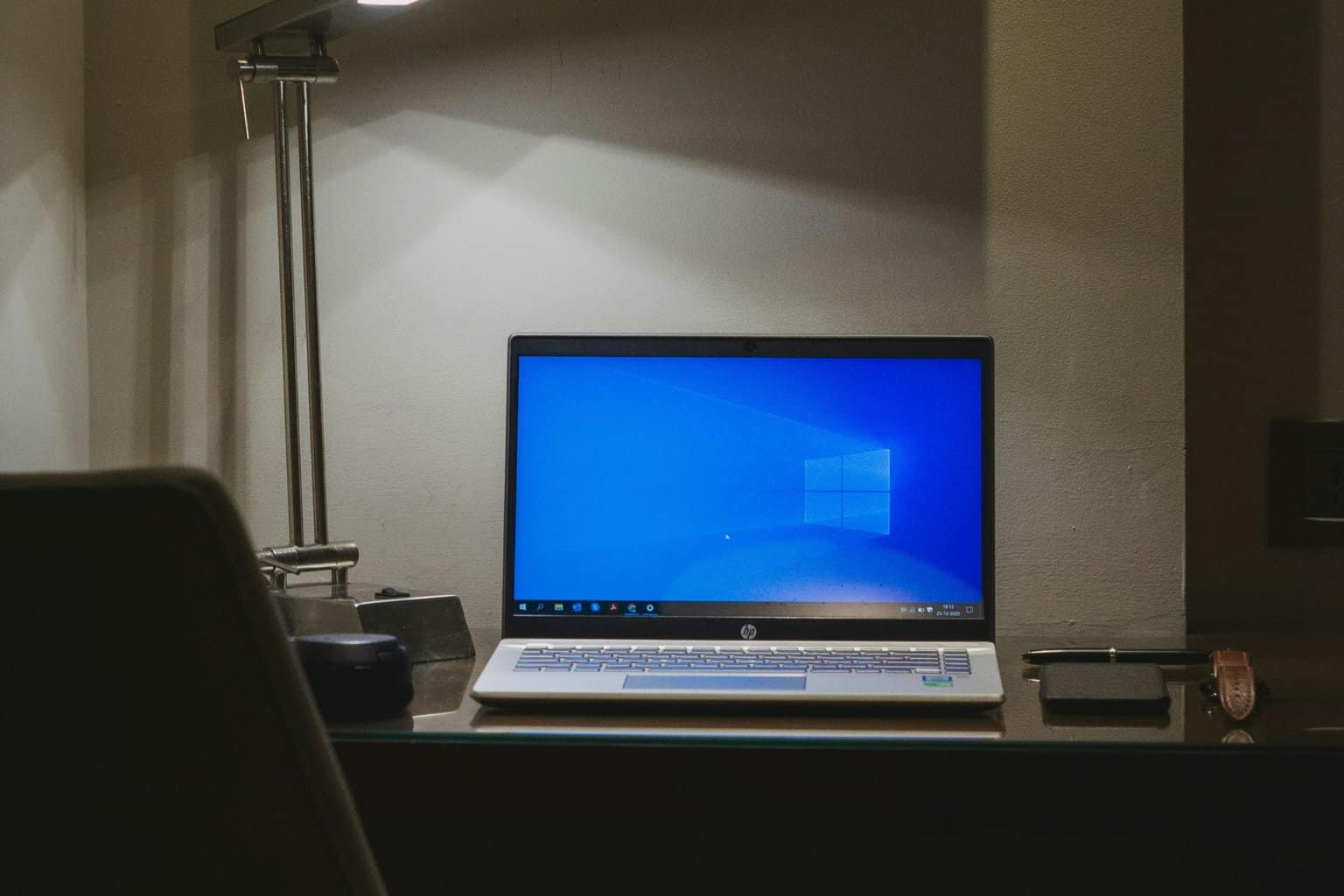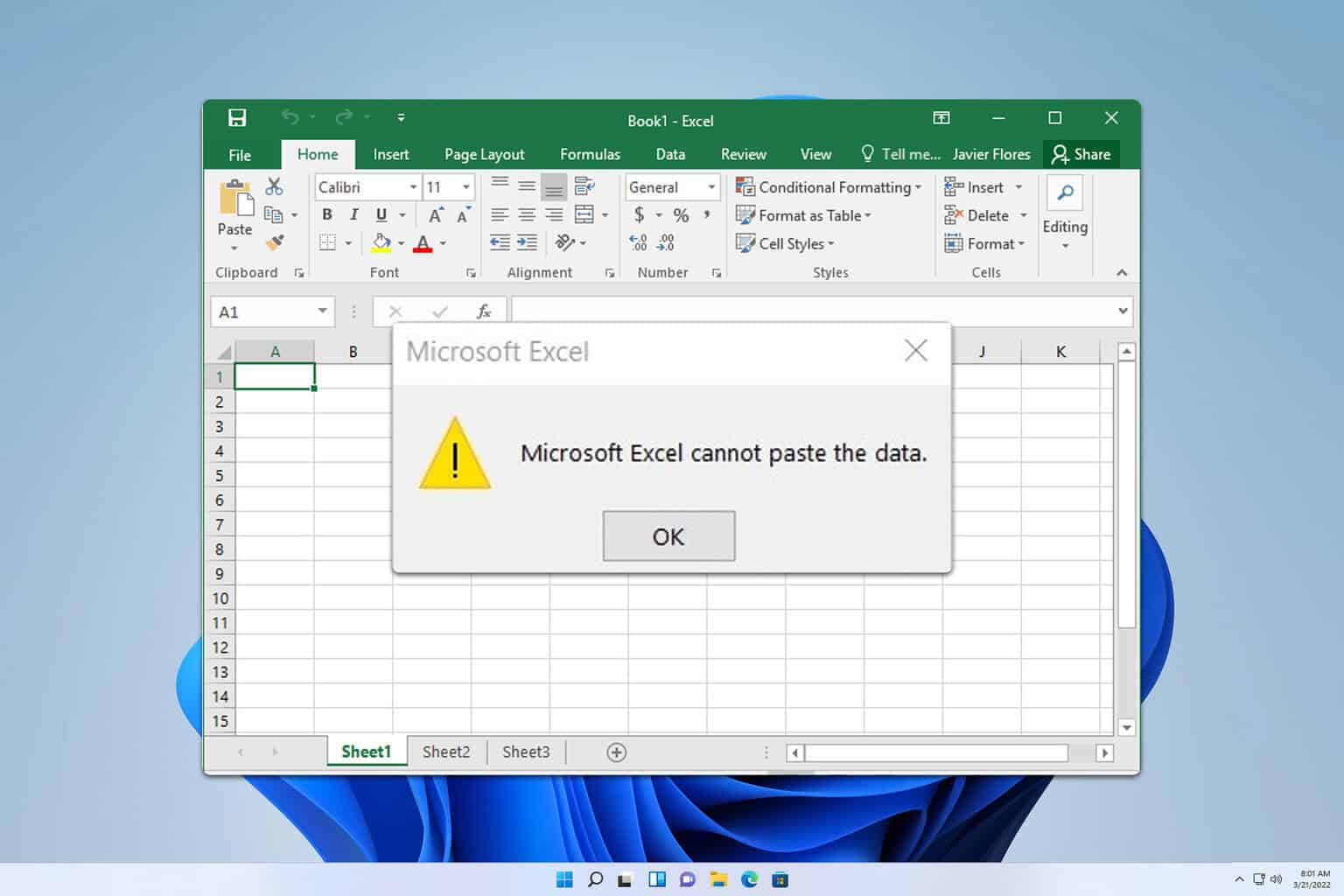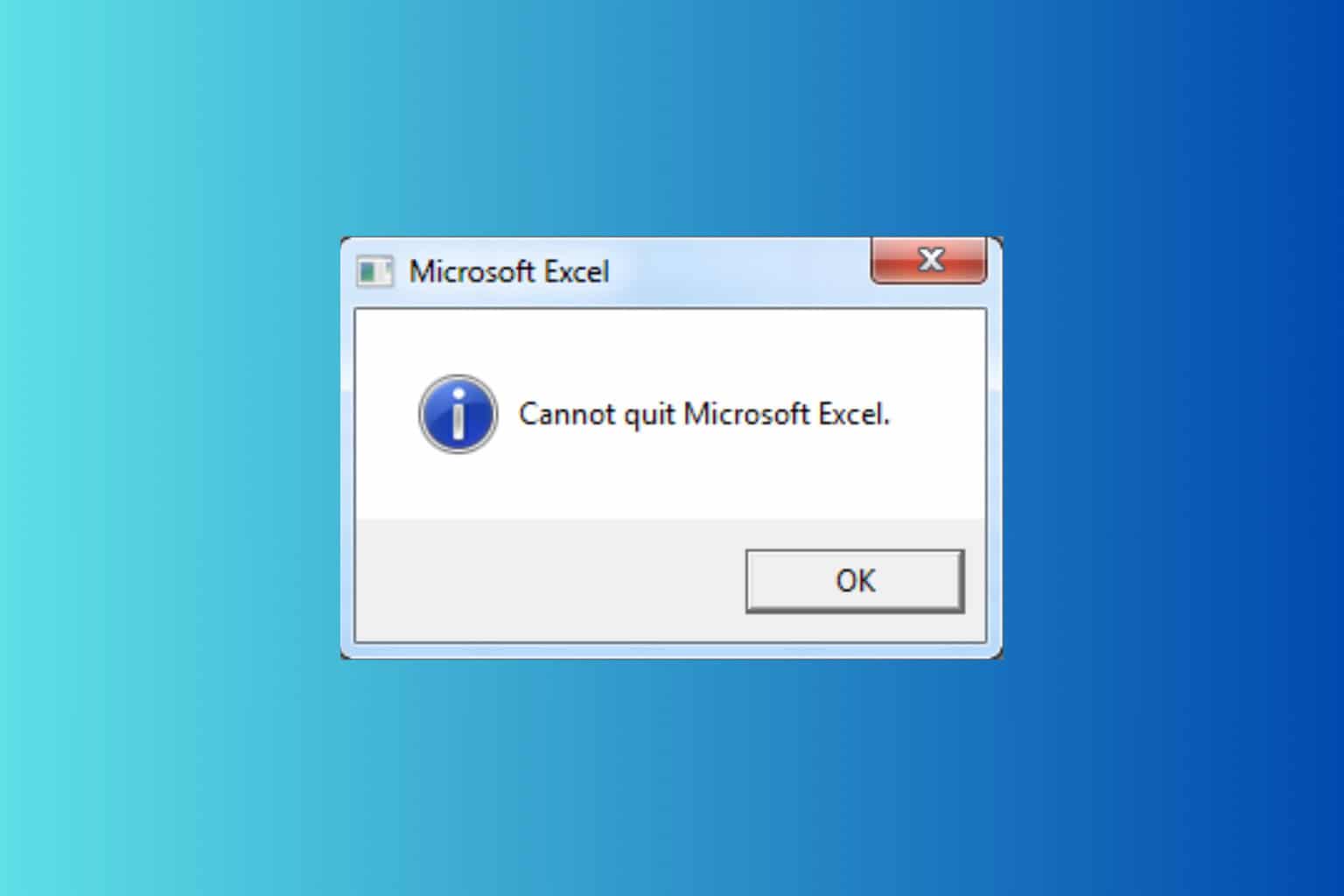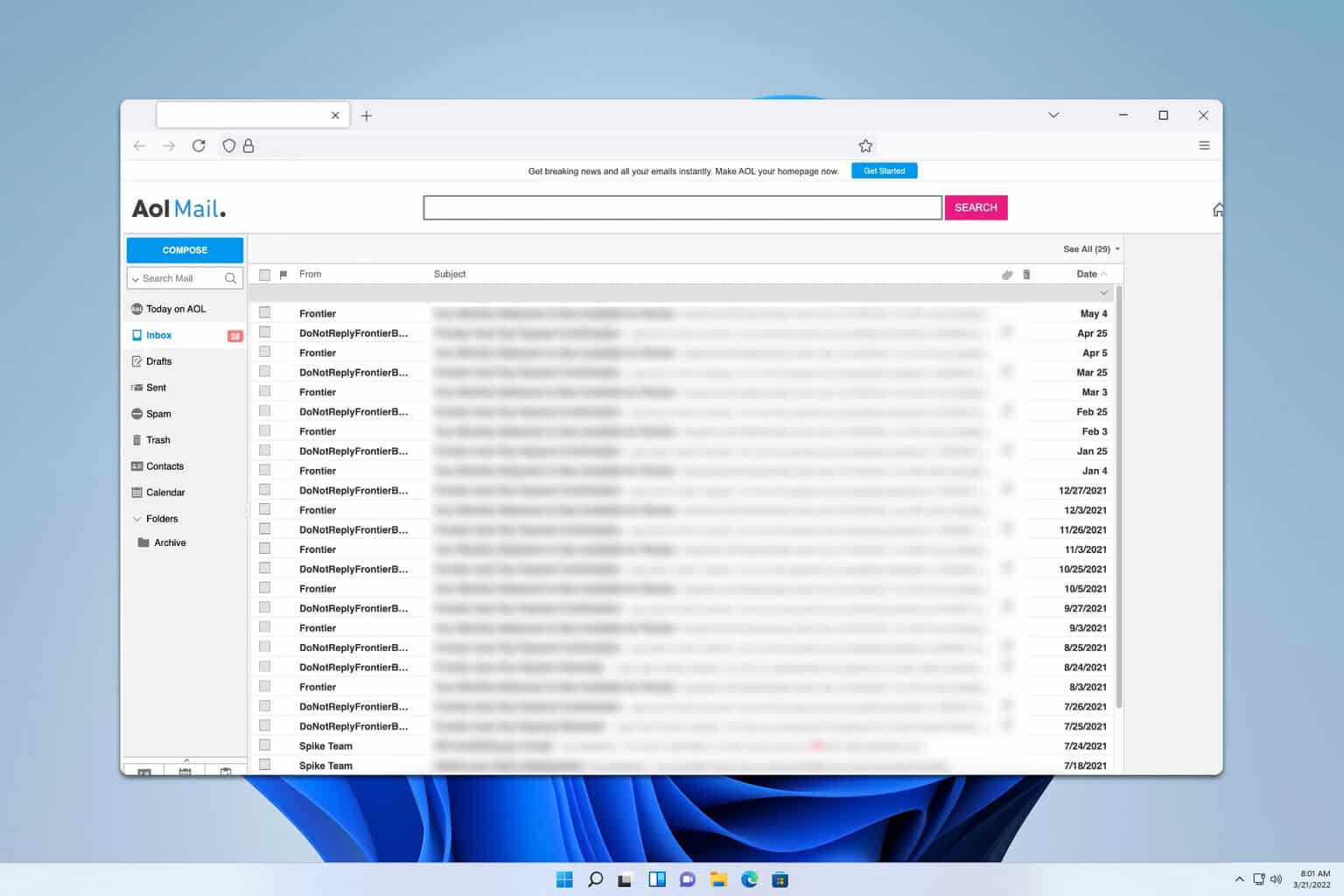Here's how to solve the VMware not booting error
3 min. read
Updated on
Read our disclosure page to find out how can you help Windows Report sustain the editorial team Read more
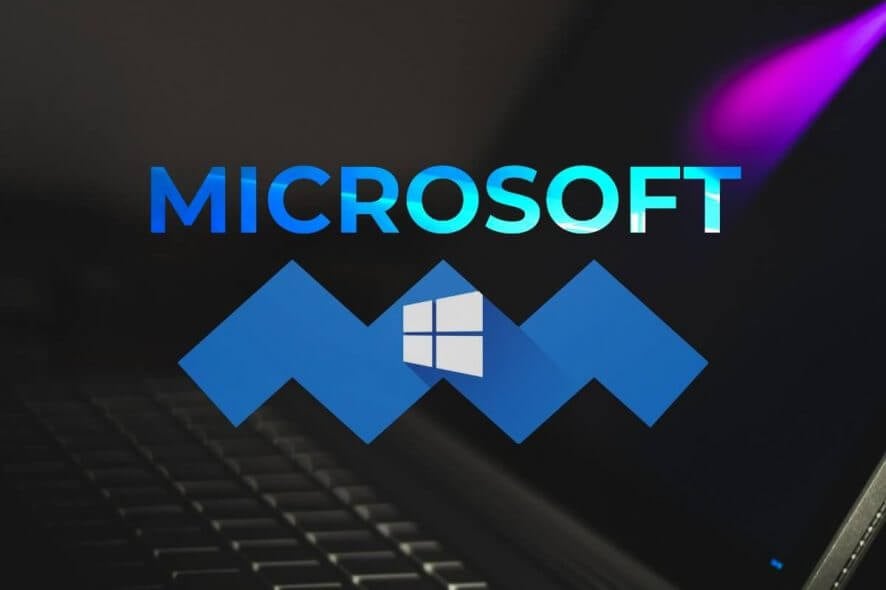
A large number of users have reported that their version of VMware is not booting.
This issue can cause you a lot of stress, as it stops you from accessing both the Virtual Machine and the data stored on it.
The problem becomes even bigger if you’re using VMware as a company, and can’t get access to the data required to run your business.
For this reason, it is extremely important that you manage to solve the VMware not booting error as fast as possible.
In today’s article, we will explore some of the best methods to try to help you with this issue.
Please follow the steps described in this article in the order that they were written to avoid causing any unnecessary complications.
Here’s how to deal with the VMware not booting error
1. VMware not booting from CD
- Power on your VM.
- When the black screen with the VMware logo appears -> click the window to select it.
- Press the Esc key or the F2 key on your keyboard to open the boot setup menu.
- Select the CD-ROM as the first boot device.
- Press Enter to continue the booting process.
2. VMware not booting from USB
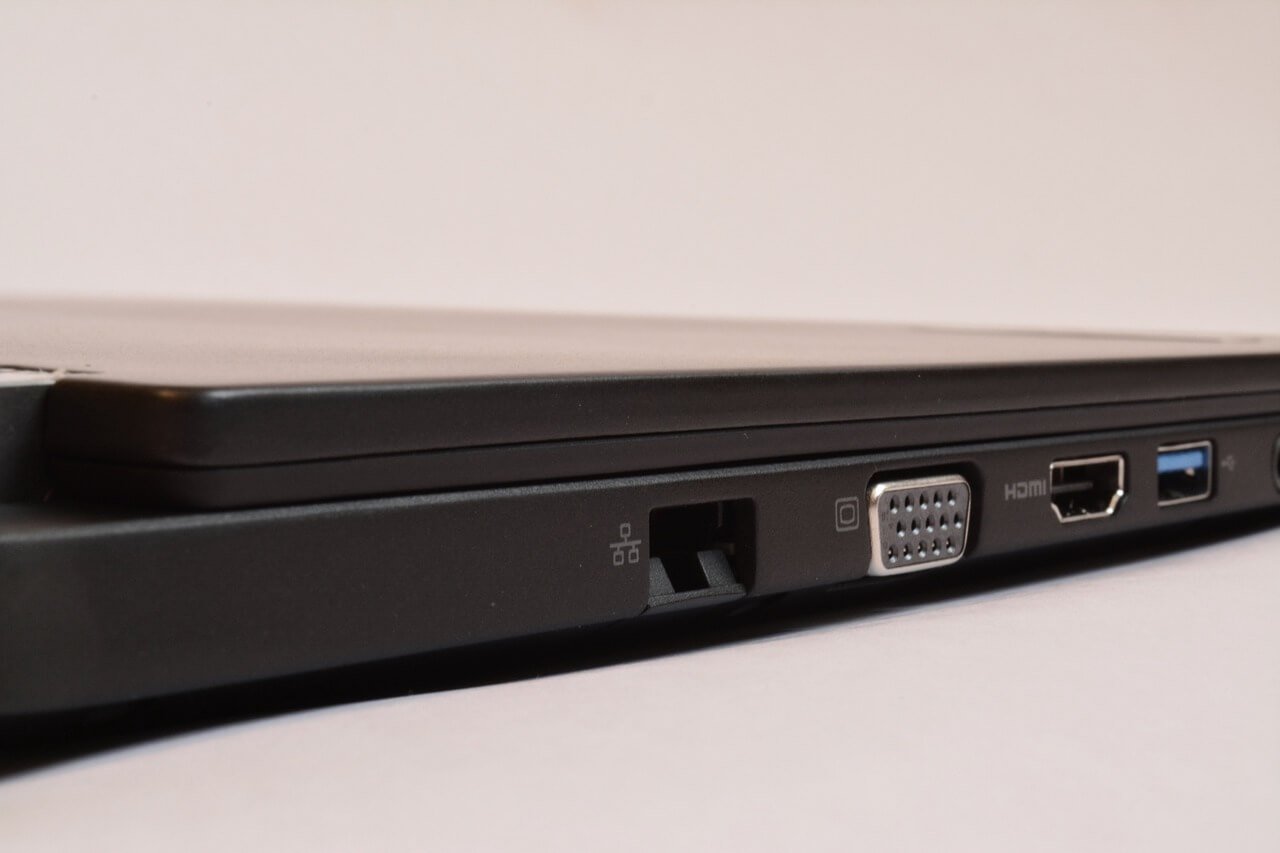
- Download Plop Boot Manager and extract it to your hard-drive.
- Plug the bootable USB drive inside your PC.
- Launch VMware -> click the File button – choose the New Virtual Machine option.
- This will start the New Virtual Machine Wizard.
- Select the option Typical -> click Next.
Navigate to the location of your ISO file:
- Choose the option Installer Disc Image File (ISO) -> click the Browse button.
- Inside the browse window -> navigate to the location of your extracted Plot Boot Manager.
- Select the .ISO file -> click Open -> Next (inside the wizard window).
- Choose the guest OS as Linux -> and choose Ubuntu under the Version section -> click Next.
- Add a name for your virtual machine -> click Next -> select disk size -> click Next.
- Press the Customize Hardware button -> select USB Controller from the left side menu.
- Tick the box next to the option Automatically connect new USB devices -> click Finish.
Is your Hyper-V not connecting to the Internet? Try this
3. VMware not booting from vmdk

Follow these steps to do so:
- Download the VMware V2V converter (you will need to be signed into the VMware website to access the link).
- Run the installer and follow the on-screen instructions to complete the setup.
- Reboot the server for the configuration to be saved.
- Try to boot from the vmdk file again.
4. VMware not booting from disk

If your VM is not recognizing the ISO image, it means that the ISO is corrupted and you will have to replace it.
Conclusion
In today’s fix article we explored the best methods you want to try in order to fix the VMware not booting error.
Please let us know if you found this guide helpful by using the comment section below.
READ ALSO:
- Hybrid networking simplifies moving VMware resources to Azure
- [FIX] You do not have access rights to this file VMware error
- VMware is not able to connect to the internet [FULL FIX]



